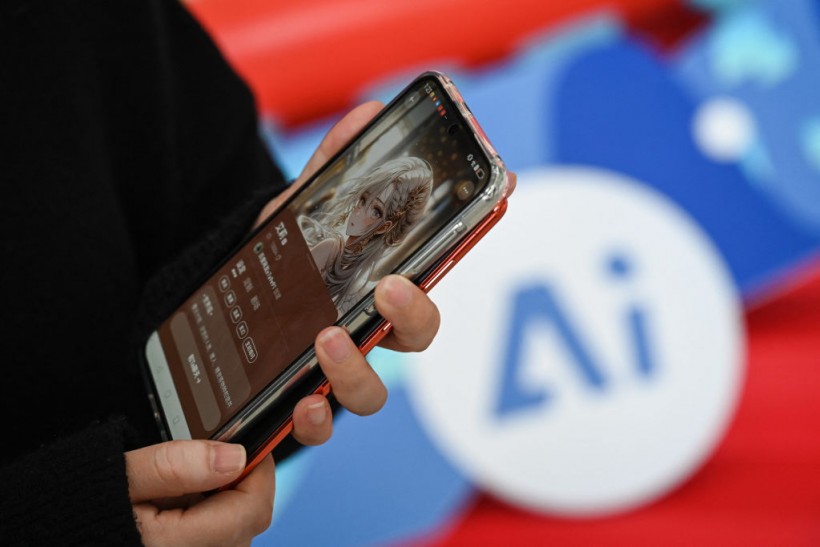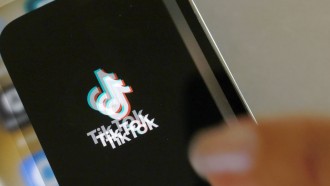An artificial intelligence algorithm for 911 callers has reportedly been created by an NYC High School Junior with the goal of helping label and predict callers' main concerns for more accurate response types, saving the city millions in the process.
Behind the new AI model is 17-year-old Pierce Wright of The Browning School in Manhattan. Over the previous year, he laboriously coded the AI. He trained it using data gathered from New York City's extensive internet database, which contains around 24 million emergency calls, spanning nearly two decades.

(Photo : JADE GAO/AFP via Getty Images) This photo taken on February 2, 2024 shows Lu Yu, head of Product Management and Operations of Wantalk, an artificial intelligence chatbot created by Chinese tech company Baidu, showing a virtual girlfriend profile on her phone, at the Baidu headquarters in Beijing.
He claims his efforts have paid off because his algorithm can accurately forecast the resources required based on the zip code, time of day, police precinct, and first severity rating of an incoming call. The best part proves to be, according to him, the model's remarkable success rate of 94.5% is 2.2% greater than that of its human counterparts.
Wright claimed that he was motivated to start the program while answering calls during his volunteer EMS shifts in Westport, Connecticut.
According to him, the crew was frequently dispatched to attend to calls that turned out to be for mental health or drug addiction rather than the actual medical crises for which they were qualified. The patient, frequently taken to a nearby emergency room and left to wait, does not benefit from it either.
911 Dispatchers Over AI
Wright's software can be applied to many types of emergency calls. For example, if the model determines that a patient has experienced trauma, it may be ready to send a paramedic rather than just an EMT.
However, the app's developer quickly clarified that the goal is to support dispatchers rather than to replace them. According to him, further advancements in the model might prevent cities from losing millions of dollars and significantly reduce response times.
AI in Emergencies
AI is only being increasingly used by 911 responders in general. According to Bloomberg, Lyt, a tech startup, is using artificial intelligence to determine when to turn red lights green in San Jose and Seattle so that city vehicles can get to their destinations more quickly.
By integrating sensors that monitor urban cars with traffic signal software, the technology provides real-time street condition data, which Lyt's AI processes to modify the timing of red and green lights and expedite buses to their next stop. The device can also be used with city snowplows since it picks up patterns as it goes.
Research firm C2Smarter uses sensors to help firetrucks navigate Manhattan's congested streets more swiftly. Hospital emergency rooms in Phoenix and Fort Myers, Florida, won't be overrun by noncritical cases thanks to MD Ally's method for triaging and redirecting 911 calls while still providing patients with the attention they need.
C2Smarter, a federally funded research consortium led by New York University's Tandon School of Engineering, aims to improve the fire department's response times by simulating traffic behavior and patterns on some streets in Manhattan's Harlem neighborhood. The project is currently underway.
AI-driven productivity increases and business cost-cutting are increasingly observed in the US. The average emergency response time in New York City alone has increased to about eight minutes, more than a minute longer than in 2013. Fire response times have also increased.
Related Article: Transforming Urban Spaces: Prasanth Sasidharan's Vision for Smarter, Safer Cities

(Photo : Tech Times)





